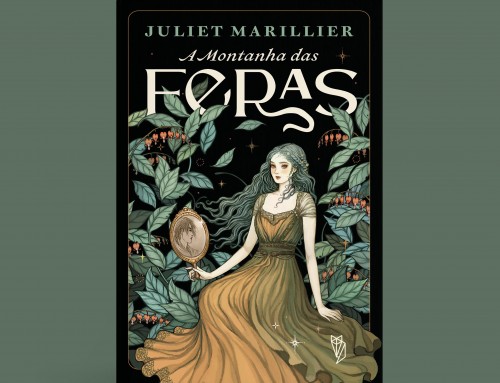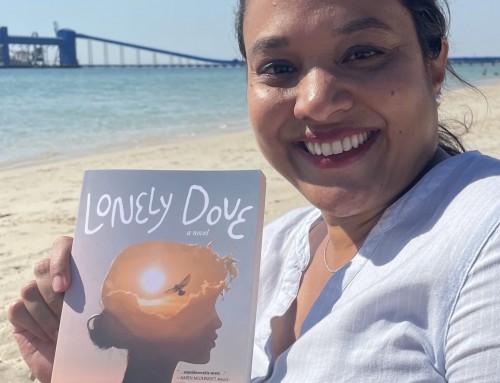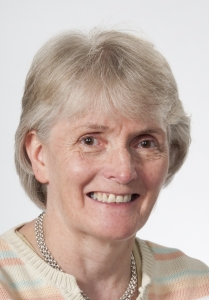 I met British writer Margaret Skea at last year’s Historical Novel Society Conference in London, when we both stayed in the student accommodation at Marylebone Hall. Margaret is an award-winning writer of both short fiction and historical novels. Her new book, A House Divided, a sequel to Turn of the Tide, was released last month. I was delighted when Margaret agreed to an interview.
I met British writer Margaret Skea at last year’s Historical Novel Society Conference in London, when we both stayed in the student accommodation at Marylebone Hall. Margaret is an award-winning writer of both short fiction and historical novels. Her new book, A House Divided, a sequel to Turn of the Tide, was released last month. I was delighted when Margaret agreed to an interview.
Margaret, congratulations on A House Divided and welcome to the blog! I thoroughly enjoyed the book and ended up missing sleep while reading the nail-biting final scenes. Turn of the Tide and A House Divided are set in Ayrshire, Scotland, in the late 16th century. The story is based on a real-life feud between the Cunninghames and the Montgomeries, which continued for an incredible 150 years. What drew you to write about this time and culture?
Thank you for inviting me Juliet, I’m glad you enjoyed A House Divided. I first became aware of the Cunninghame / Montgomerie feud when I was researching the Ulster Plantation – Hugh Montgomerie was one of the key men involved in the Plantation of Co Down, where I grew up. Hidden in family papers I found a footnote reference to a massacre of Montgomeries in 1586. That lodged in the back of my mind, and when I decided to write a novel up it popped and I knew I’d found my story.
Who are the main protagonists in A House Divided? What challenges do they face?
Although most of the characters in both books are historical, the stories focus on a fictional family (the Munros) who are trapped in this feud. In A House Divided Kate Munro, an herbalist and midwife, is living with her children in hiding at a Montgomerie castle, having taken false identities for fear of discovery by William Cunninghame – heir to the earldom of Glencairn, while her husband is serving in the Scots Gardes in France. William believes the entire family dead, and it is this belief that keeps them safe. When, however, she is called to treat the wife of a Cunninghame cousin William’s suspicions are aroused and his desire for revenge threatens to tear her world apart.
Your research is meticulous. I love the way you evoke historical settings, while never giving us 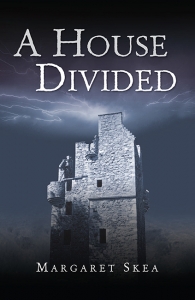 blocks of information – you have the art of building details seamlessly into the story. How do you go about researching your settings?
blocks of information – you have the art of building details seamlessly into the story. How do you go about researching your settings?
My aim is to try to give the reader a ‘you are there’ experience and therefore authenticity is very important to me, both in terms of physical details such as the landscape, buildings, food, clothing, money etc, as well as attitudes and prevailing beliefs. I try to immerse myself in all aspects of the period before I start writing, in order that I can write as naturally about 1597 as I could about 2015, and work on the ‘iceberg’ principle – only a fraction of what I know about a period will ever make it into the book. There are many written sources – historical records, paintings, diaries, letters, maps and so on, and wherever possible I visit the places that occur in my books and take the same journeys that my characters took, though usually in more comfort! But it is important to remember that even landscape changes over time – the route of a river, the shape of a coastline – and old maps, however imperfect, are invaluable in that respect. The biggest difficulty is stopping the research and starting to write!
A House Divided has themes of family loyalty, love, honour and courage. It also contains dark and brutal material – battlefield sequences, for instance, and a gruelling childbirth scene. Yours is no sanitized history – the reader is confronted with some of the grim challenges of living in that period, especially those faced by women. Why is it important for today’s reader to see this?
My characters are not 21st century people in fancy dress and the world they inhabited was in many ways very different from our own. I feel that it’s important that they be seen, and importantly judged by the standards of their own time and in their own context. But many of the issues and difficulties that they faced are still a reality for people in parts of our world today, and so still relevant.
You write short fiction as well as novels, and you’ve won awards for both. I thought the writing in A House Divided had the intensity and character – and the discipline – I’d expect in a finely crafted short story. Do you prefer writing short or long? Are the same skills required?
For a long time 3,000 words was my comfort zone, but now that I’ve completed two novels I enjoy the challenge of full-length fiction. Producing a satisfying and rounded story in a very short word count requires the ability to be ruthless in ‘pruning’ the writing, paring it down until there aren’t any extraneous words, and I believe that the same principle should apply in a novel. Consequently I believe the discipline of short story writing was and is great preparation for novel writing.
Many of the characters in these novels are historical rather than fictional. That must present particular challenges. When crafting characters and writing dialogue, how do you balance historical accuracy with effective storytelling?
Aside from the main family who are at the centre of the story, ALL the other characters are historical. I feel that my job as a writer is to put flesh on the bare bones of what is known of a character, while remaining true, wherever possible, to those known facts. Sometimes, however the needs of the story are best served by deviating from them and in that case I will ‘confess’ at the conclusion of the book via an author’s note.
Your first novel, The Turn of the Tide, was published by Capercaillie. For A House Divided you’ve 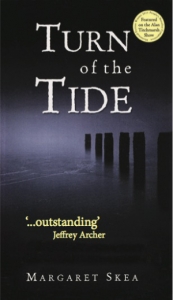 taken the plunge and created your own imprint, Sanderling Books. What led to that decision? What have the main challenges been so far?
taken the plunge and created your own imprint, Sanderling Books. What led to that decision? What have the main challenges been so far?
Due to circumstances genuinely beyond my control I was almost a year late in presenting the manuscript of Book 2 to Capercaillie. In the meantime they had taken over another imprint and had lots of books in the pipeline, so that it would have probably been 2017 before they could have published A House Divided and even that wasn’t guaranteed. Because it was a sequel I felt that was too long to wait and so decided to go it alone. It has been a steep learning curve – I now appreciate all that a publisher does and don’t begrudge them their money! However I was fortunate in that I was able to use the same cover designer, printer and distributor as Capercaillie had for Turn of the Tide, which ensured that the new book was a good physical match for the first. I had to find my own editor and formatter though and again I was fortunate in the editor I chose – he was worth his weight in gold – but the formatting experience was less straightforward.
I didn’t have too many glitches – though there was a major one with Amazon when for a few days folk trying to buy the ebook of Turn of the Tide received A House Divided instead, and because of Amazon’s system that proved extraordinarily hard to sort out. Then there was an error in the amount of discount that bookshops were to get from the distributor, which fortunately was noticed after the first month’s sales, otherwise I would have continued to receive the princely sum of 10p for every copy sold … it would have taken rather a long time to work off the costs of the book production in that case! I’m not likely to be holidaying in the Bahamas on the proceeds anytime soon, but I am pleased overall that I took the plunge.
The ‘joys’ of marketing – now that’s another story. I hope it isn’t going to take too much time away from writing.
What is your next project? Are you continuing the series?
I swithered about that. Originally I intended a trilogy, until an agent threw me a curved ball last year when I was just over ½ way through A House Divided, suggesting that I conclude the story in Book 2, and for a time I worked towards that. In the end though I decided to stick to the original plan – in fact the Munros are insisting on it! I anticipate Book 3 being out by spring 2017. And having just been awarded an Hawthornden Fellowship, which will see me incarcerated in a 17th century Scottish Castle (with nothing to do but write) for four weeks early in 2016, my intention is to crack on with research just now, so that I can focus on beginning my first draft there. It should be the ideal environment – pewter crockery and all!
Where can readers purchase The Turn of the Tide and A House Divided?
The paperback can be bought through any bookshop in the UK and internationally online via Amazon and the Book Depository. http://www.bookdepository.com/search?searchTerm=Margaret+Skea&search=Find+book
The ebooks of both are available exclusively through Amazon.
http://www.amazon.com/s/ref=nb_sb_noss_2?url=search-alias%3Daps&field-keywords=margaret+Skea
And finally, please do visit my website for more information on me or my writing.
Thanks again, Juliet, for hosting me, it’s been fun.
Thanks for being my guest, Margaret!

